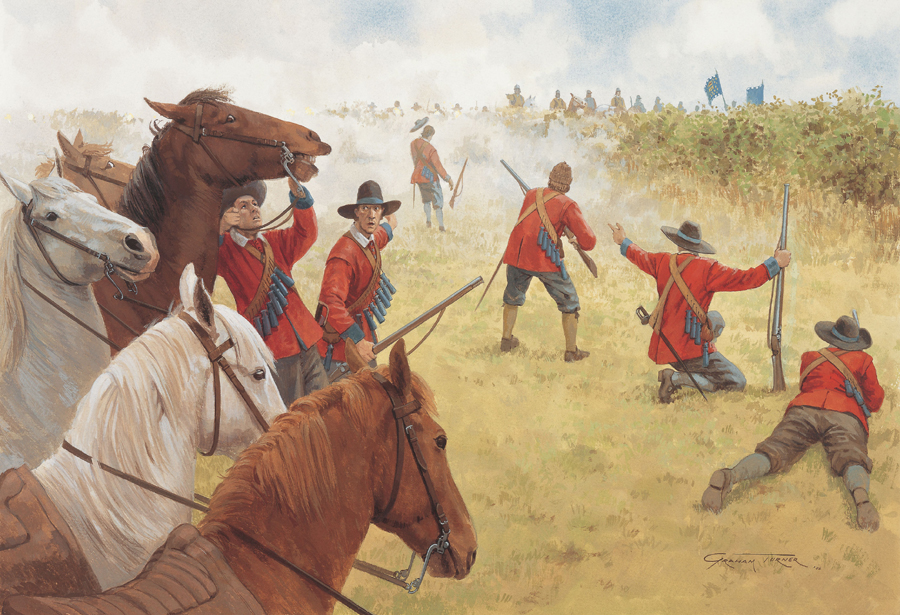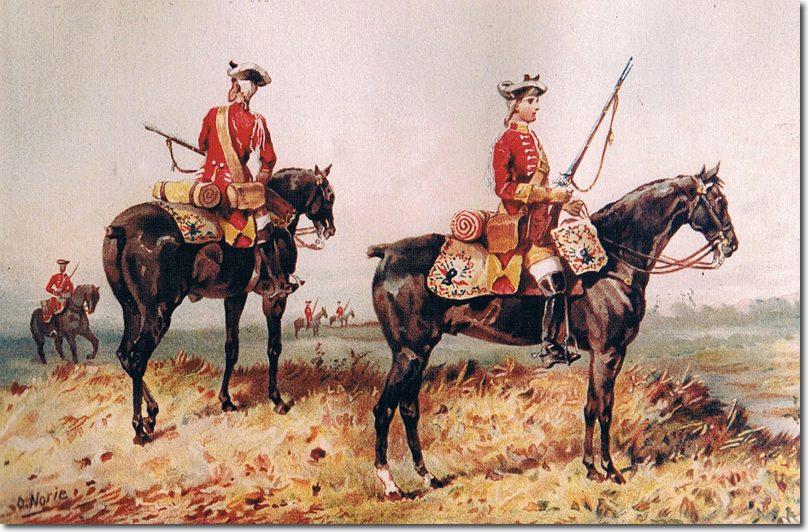Boris Gudenuf
Deity
There are two old, old Social/Civic conventions that apply to military units.And about Minutemen please. when was the first term came to be and why did the term referred only to those militias from New England Colony? (Massachusettes and Maine) how did they organize? are they the same 'cost cutting policies' originally imposed by British Government in term of colonial defense instead of posting permanent redcoat regiments anywhere in North American Thirteen Colonies?
Comitatus - as I've mentioned before, the 'Sworn Bodyguard' of the Leader/Chief/King, etc Paid for, fed and housed by the leader, sworn to serve him until death and die with him on the battlefield if needed. These show up in very early Egyptian, Sumerian, Akkadian records, Germanic tribes, Celtic polities - it seems to date back at least as far as the early Neolithic.
Civitatus - (for lack of a better term) the possibly Pre-Indo-European in origin belief that to participate in government in any way you must be willing to defend it also. This was first made explicit in the earliest known 'constitution' of Athens (Draco's) which reserved the city governance (as voters, judges, magistrates, etc) to those who could afford to buy the Hoplite equipment and fight as part of the Phalanx. The 'full blown' Athenian Democracy formulated by Cleisthenes' reforms came about partly because Athen's primary defense by then was the Fleet, not the army, and anybody could be an oarsman on a trireme without having the income to buy any equipment at all - and so virtually every adult male citizen of Athens was given the vote.
BUT this social/civic was in force much earlier: again, Egyptian, Sumerian, Akkadian, Mitanni, and other very early Bronze Age Empires in the Middle East all had armies based on a combination of professional soldiers (frequently the 'elite' charioteers or Chief's Bodyguards) and a militia formed out of a percentage of the adult male population called up every year as either military or Civic Worker requirements. In Old Kingdom Egypt it was 1 out of every 10 men, which provided a huge workforce for building things like Irrigation Systems, Canals, Harbors and the occasional pyramid or two. In addition to bowmen and spearmen to tag along behind the Chariot Elites.
So basically, the idea that you Owed the State your time as a worker or soldier was not specifically Indo-European: that group, based on Greek, Roman, Germanic and other evidence, was very fond of participative government rather than anointed 'kings', and so equated Military Service with Participation (voting, as in Athens) while the Bronze Age Middle East, which seems to have embraced the 'anointed religiously-legitimized king' from the start, used it to demand service from everyone as the Right of Government.
By the Middle Ages, in addition to the better-known feudal knights, service in a self-defense/military force was also required of most of the population. The Anglo-Saxon Fyrd, for which we have lots of evidence, required that every 5th peasant farmer be available to be called up for the army, bringing with him a shield and spear as a minimum and having his farm worked by his 4 uncalled neighbors while he served. The French version had similar requirements, and later the growing cities also established City Militias which, because the cities concentrated more wealth, were much better equipped than the older rural militias (with, as examples, pikes and crossbows instead of spears)
Fast forward to the 17th - 18th century Colonial Americas, and the Militia Tradition was well-established in the lands they came from in Europe for over 1000 years, and was naturally established in the new country, especially since the colonists perceived that they needed protection against the 'savage Natives' - and also to provide the local force to shove the natives off their lands when the colonists wanted them. Colonial Militias of various kinds were actually the first 'European' military in the English colonies, being formed long before any government back in Europe sent any regular troops to the colonies - remember, England never had much of a standing army in peacetime until after 1700, and even on that date there were only 10,000 formed troops in all of the English-controlled British Isles.
The term 'Minuteman' is actually Pre-Revolution and strictly limited to New England colonies. From the founding of the Massachusettes Bay Colony in the early 17th century "all able-bodied men" between the ages of 16 and 60 were required to be part of a local militia company ('company' in this case meaning 'whoever shows up' - actual organization was pretty primitive in the militias). Because of the fear of sudden native raids, some 'more able-bodied' (generally, men under 30) were selected to be part of special 'rapid response' companies which came to be called 'minute companies' - to respond at a 'minute's notice' to emergencies. The earliest use of the term Minute Company seems to have been about 1645 - over 100 years before the Revolution, but interestingly, about the same time that the London city militia back in England were forming Trained Bands as the nucleus of the Parliamentary Army in England's Civil War. Whether this was complete coincidence or the two developments influenced each other I can't say from my references.


